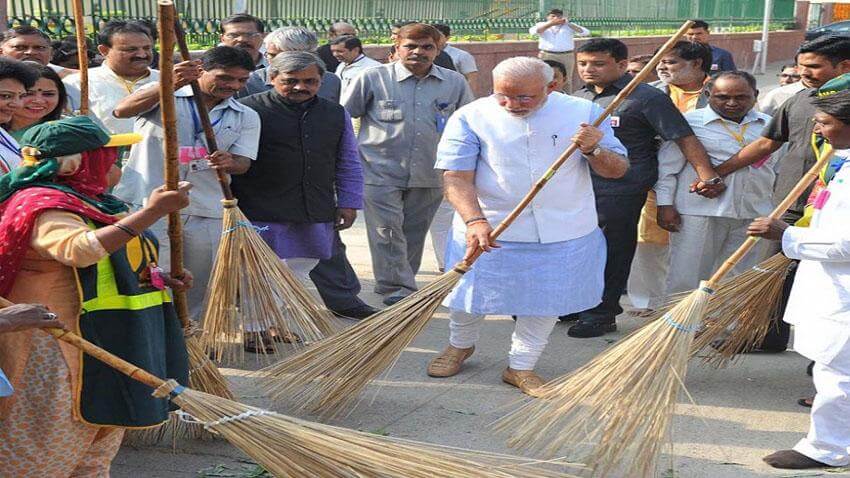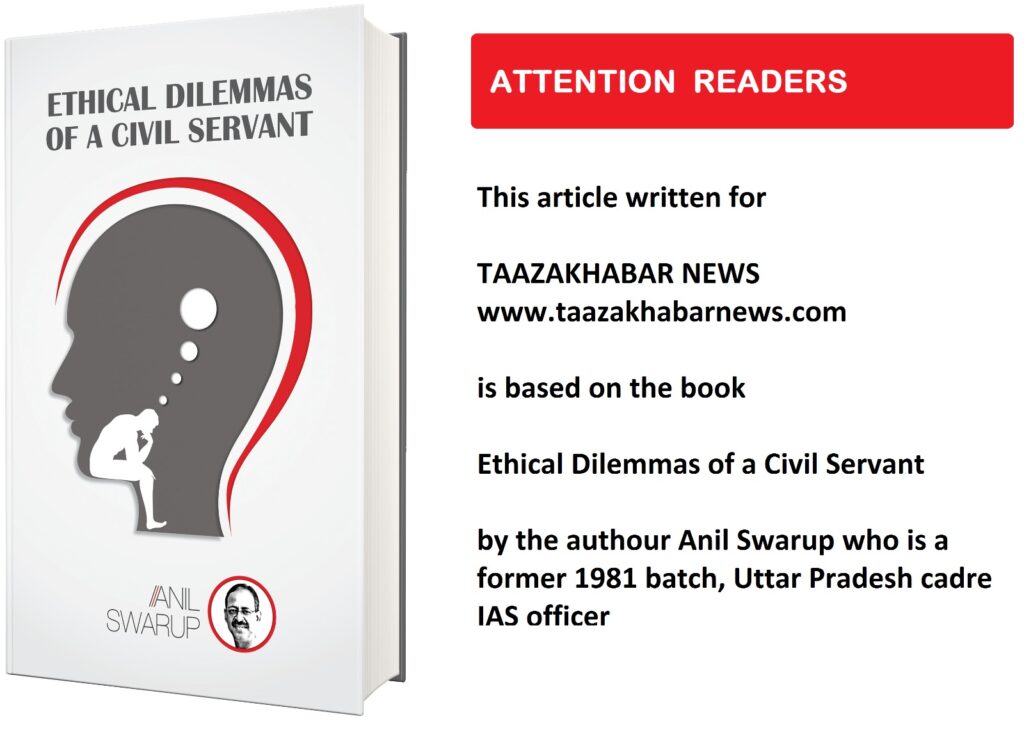
The good news first. The Prime Minister has once again laid emphasis on the much-needed Swachh Bharat Mission. This focus is now on urban areas where, unlike the Rural Swachh Bharat Mission, little impact is visible. His personal intervention for such missions will go a long way in giving this programme the desired impetus in urban areas as well as it did in the case of the Rural Swachh Bharat Mission. The Rural Swachh Bharat Mission has done much better than most of the government programmes but as an assessment of ground reality reveals, it was premature to announce that the country had become open defecation-free (ODF).

In an article published sometime in September 2021, I mentioned the findings of a ground-level survey conducted by a credible agency that brought forth the ground reality in three Districts of different states. The questions that were asked were very simple ones:
- Do you have a toilet at home?
- Are you using the toilet?
These questions or their answers didn’t require any expertise. Families were selected randomly from three Districts
- Kalahandi, Odisha
- Nandurbar, Maharashtra
- Bahraich, UP
Responses were received from 568 families in Kalahandi, 533 in Nandurbar and 83 in Bharaich.

All these three Districts had been declared Open Defecation Free (ODF). In fact, the entire country had been declared ODF well before 2nd, October 2020, the target date for ODF. The findings of this survey were startling. Around 33.4% of the respondents said that they had no toilet. This was incredible. What was even worse was that 54.8% of those who had toilets said that they were not using the toilet. Now, if all this is true, how can these Districts qualify as ODF? There could be a possibility of toilets falling into disuse after being used for a while (though the number is pretty high) but how can a District be ODF if the toilets didn’t exist? Are these toilets existing only on paper?

The above sample size was a small one and perhaps not truly representative of what is happening in the country. Hence, in the article, I suggested a larger national-level survey by an independent third party. In the meanwhile, some more data has come from the southern state of Karnataka. Here, the sample size is much larger. This agency has looked at randomly selected 3426 families from 1061 villages out of 16 Districts of the state. The findings here are not so “scary”.

In the overall context, 86% of respondents said that they had toilets and 80% are using toilets. Thus, both in terms of toilets and their usage, Karnataka is doing much better than the other States surveyed earlier. There are, however, some questions that need to be explored:
- Even at the aggregate level, 14% of households do not have toilets and 20 % do not use toilets. How is it so if we have already declared the state and country ODF?
- There are 6% of respondents that have toilets but are not using them. Why?
- At a disaggregated level, in Districts like Gadag, 39% of respondents do not have toilets. How was the District declared ODF? Similarly, 25% of respondents in Chitradurga District said that they do not have toilets. The situation in some other districts also does not warrant their declaration as ODF.

An enormous amount of money was spent on constructing toilets in various government schools. These schools were closed for a while on account of COVID. As the schools re-opened, were these toilets made functional all over again? There is no survey in the public domain about the functionality of such toilets. The money spent cannot be allowed to go down the drain.
Also Read: The ground reality of Swachh Bharat Abhiyan: don’t kill the messenger
It was heartening to find that unlike the indifference displayed by some, the Ministry of Drinking Water and Sanitation responded immediately to the last article and, without being defensive, assured to get a larger survey done to assess the ground reality. This response and approach also explain why the scheme is doing better than most of the other programmes of the government. There is that desire to assess with an open mind. There indeed is a huge lesson in this for other Departments. There is also another hidden message here. Why rush to claim success even before it has actually happened?

The Swachh Bharat Mission was doing and perhaps still doing extremely well at least in the rural areas but why claim that the country has become ODF when it hasn’t actually. The desire to go to town with such claims and announcements do enormous amount of disservice to the programme itself. Once the announcement is made at the highest level, it becomes extremely difficult for the officers below to say something to the contrary. Why not face the truth and correct the shortcomings, if any?
Some institutions/organizations can perhaps live with just making grandiose announcements and get away with delivering only glitzy road shows because they serve a particular purpose. Their slick presentations and road shows keep those that matter happy. However, most of the Departments will have to follow the spirit that the Ministry of Drinking Water and Sanitation has displayed. They can’t and shouldn’t neglect the ground reality.

